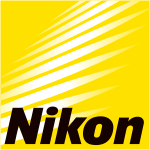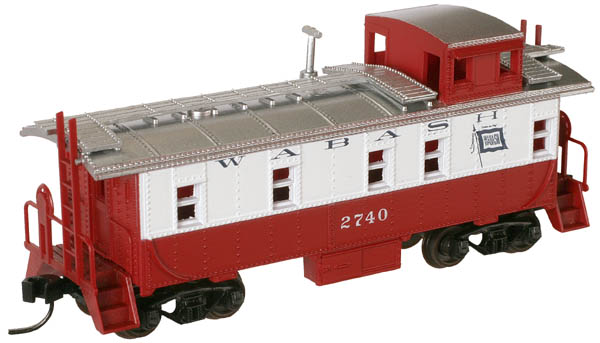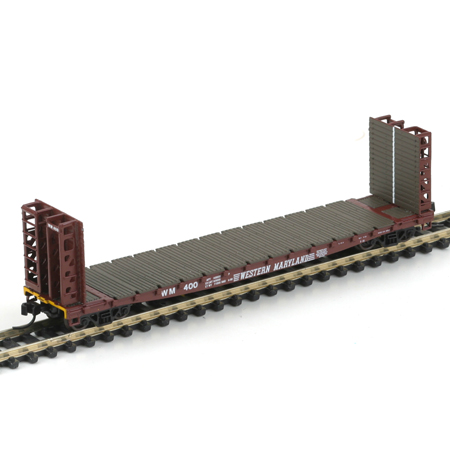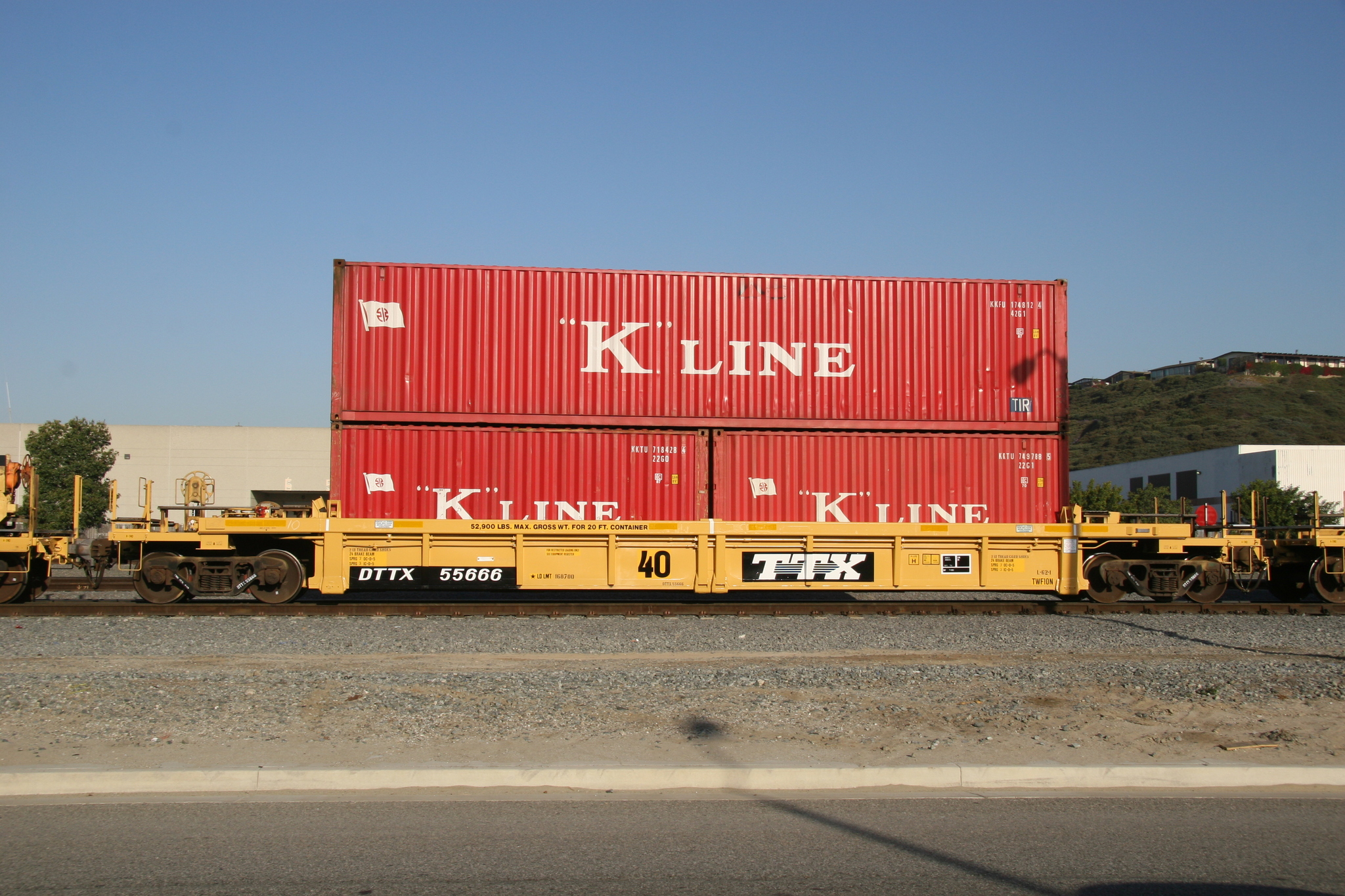Model Information: Die-cast body;
Detailed brake lines;
Detailed air reservoir;
Separate hand grabs;
Etched metal walks;
Minimum radius: 12-1/2".
Prototype History: Single unit wells, especially the Gunderson car , are referred to as Stand-Alone or "Huskies." They can carry heavier loads, like Tanktainers, since the trucks do not have to support two wells, as in an articulated well car. Since the 1990s, when international trade has increased, there is a higher demand for 40' well cars. Often, 53' and 48' well cars had been drafted into service to carry 40' containers which was a waste of space. So 8 feet was cut from the middle of the 48' cars, making the 40' rebuilt well car. TTX has produced many of these 'choipped' well cars.
Road Name History: 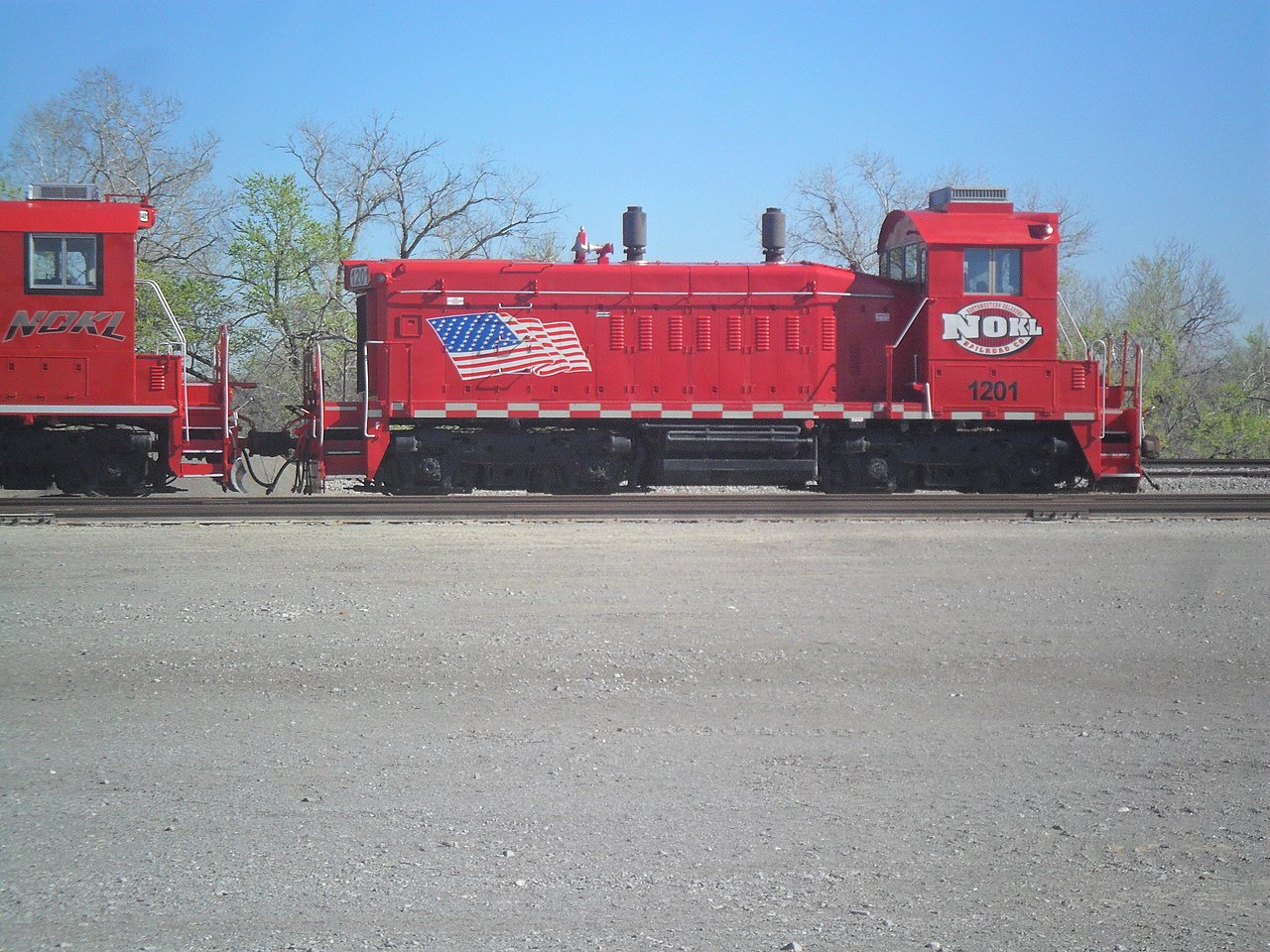 NOKL was established in 1973 to take over operation of the 9 mile former M-K-T line connecting Fisk, Woodward and Warner, Oklahoma. Customers include a grain elevator and a railroad car repair shop. They currently lease out their reporting marks so the many thousands of freight cars lettered NOKL actually belong to the First Union Rail car leasing operation and not this shortline.
NOKL was established in 1973 to take over operation of the 9 mile former M-K-T line connecting Fisk, Woodward and Warner, Oklahoma. Customers include a grain elevator and a railroad car repair shop. They currently lease out their reporting marks so the many thousands of freight cars lettered NOKL actually belong to the First Union Rail car leasing operation and not this shortline.
This begs the question, why a leasing company would bother to lease a shortline’s reporting marks when they could just use their own (something ending in X such as NDYX, also used by First Union.) There is a difference between private owners and railroad owners in how car-hire is billed. Private owner cars are billed by the mile. Railroad owned cars are billed by a complex formula including per diem, the age of the car and the mileage. Therefore, depending on the service, the leasing companies earn more by using a railroad reporting mark for a car and other times they are better off running the car as a private owner.

This begs the question, why a leasing company would bother to lease a shortline’s reporting marks when they could just use their own (something ending in X such as NDYX, also used by First Union.) There is a difference between private owners and railroad owners in how car-hire is billed. Private owner cars are billed by the mile. Railroad owned cars are billed by a complex formula including per diem, the age of the car and the mileage. Therefore, depending on the service, the leasing companies earn more by using a railroad reporting mark for a car and other times they are better off running the car as a private owner.
Brand/Importer Information: In 1924 Stephan Schaffan, Sr. founded the Atlas Tool Company in Newark, New Jersey. In 1933 his son, Stephan Schaffan, Jr., came to work for his father at the age of sixteen. Steve Jr. built model airplanes as a hobby and frequented a local hobby shop. Being an enterprising young man, he would often ask the owner if there was anything he could do to earn some extra spending money. Tired of listening to his requests, the hobby-store owner threw some model railroad track parts his way and said, "Here, see if you can improve on this".
In those days, railroad modelers had to assemble and build everything from scratch. Steve Jr. created a "switch kit" which sold so well, that the entire family worked on them in the basement at night, while doing business as usual in the machine shop during the day.
Subsequently, Steve Jr. engineered the stapling of rail to fiber track, along with inventing the first practical rail joiner and pre-assembled turnouts and flexible track. All of these products, and more, helped to popularize model railroading and assisted in the creation of a mass-market hobby. The budding entrepreneur quickly outgrew the limitations of a basement and small garage operation. Realizing they could actually make a living selling track and related products, Steve and his father had the first factory built in Hillside, New Jersey at 413 Florence Avenue in 1947. On September 30, 1949, the Atlas Tool Company was officially incorporated as a New Jersey company.
In 1985, Steve was honored posthumously for his inventions by the Model Railroad Industry Association and was inducted into the Model Railroad Industry Hall of Fame in Baltimore, Maryland. In addition, Steve was nominated and entered into the National Model Railroad Association Pioneers of Model Railroading in 1995.
In the early 1990s, the Atlas Tool Company changed its name to Atlas Model Railroad Company, Inc.
In those days, railroad modelers had to assemble and build everything from scratch. Steve Jr. created a "switch kit" which sold so well, that the entire family worked on them in the basement at night, while doing business as usual in the machine shop during the day.
Subsequently, Steve Jr. engineered the stapling of rail to fiber track, along with inventing the first practical rail joiner and pre-assembled turnouts and flexible track. All of these products, and more, helped to popularize model railroading and assisted in the creation of a mass-market hobby. The budding entrepreneur quickly outgrew the limitations of a basement and small garage operation. Realizing they could actually make a living selling track and related products, Steve and his father had the first factory built in Hillside, New Jersey at 413 Florence Avenue in 1947. On September 30, 1949, the Atlas Tool Company was officially incorporated as a New Jersey company.
In 1985, Steve was honored posthumously for his inventions by the Model Railroad Industry Association and was inducted into the Model Railroad Industry Hall of Fame in Baltimore, Maryland. In addition, Steve was nominated and entered into the National Model Railroad Association Pioneers of Model Railroading in 1995.
In the early 1990s, the Atlas Tool Company changed its name to Atlas Model Railroad Company, Inc.
Item created by: Jenna on 2019-06-19 15:16:34. Last edited by gdm on 2021-03-02 11:49:25
If you see errors or missing data in this entry, please feel free to log in and edit it. Anyone with a Gmail account can log in instantly.
If you see errors or missing data in this entry, please feel free to log in and edit it. Anyone with a Gmail account can log in instantly.





